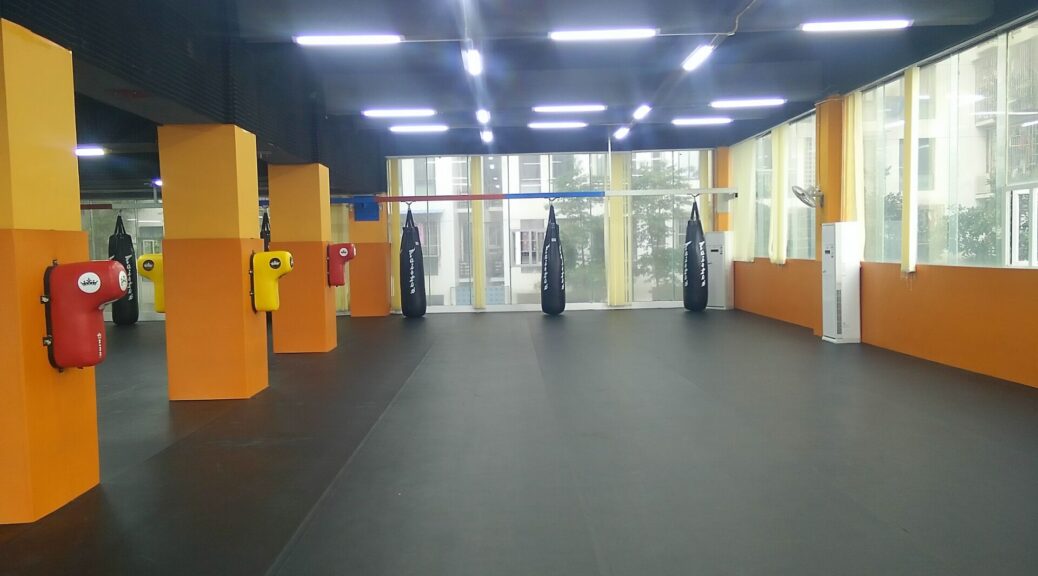
Kickboxing and Boxing
Kickboxing and boxing are two popular combat sports that require rigorous training and practice. One of the essential components of training for these sports is the use of mats, which provide a safe and supportive surface for athletes to perform on. In this article, we’ll take a closer look at the importance of kickboxing and boxing mats, their features, and how to choose the right one for your training needs.
Why are Mats Essential for Kickboxing and Boxing?
Training for kickboxing and boxing involves a lot of high-intensity movements, such as jumping, kicking, and punching, that can put a significant amount of strain on the body. Performing these movements on a hard surface like concrete or a wooden floor can result in injuries like sprained ankles, shin splints, and even concussions.
Kickboxing and boxing mats provide a cushioned surface that absorbs shock and reduces the risk of injury. They also provide better traction, preventing athletes from slipping and falling during training sessions. In addition, mats can help to extend the lifespan of training equipment by reducing wear and tear on punching bags, speed bags, and other equipment.
Features of Kickboxing and Boxing Mats
When choosing mats for kickboxing and boxing training, there are a few key features to consider:
- Thickness: Mats come in different thicknesses, ranging from 1/2 inch to 2 inches or more. Thicker mats provide more cushioning and shock absorption but can also be more expensive.
- Size: Mats come in various sizes, from small interlocking tiles to large rolls that cover entire rooms. Consider the size of your training space and the number of athletes who will be using the mats when choosing a size.
- Material: Mats can be made from a variety of materials, including foam, rubber, and vinyl. Foam mats tend to be the most affordable but may not provide enough shock absorption for high-impact training. Rubber mats are durable and offer excellent traction but can be heavy and difficult to move. Vinyl mats are lightweight and easy to clean but may not be as durable as other materials.
- Puzzle vs. Roll-out: Mats can come in either puzzle mats or roll-out versions. Puzzle mats are easy to install and can be customised to fit any space. Roll-out mats are more portable and can be rolled up for storage when not in use.
Choosing the Right Mats for Your Training Needs
When choosing mats for kickboxing and boxing training, it’s essential to consider your training needs, budget, and available space. If you are training at home, interlocking foam mats can provide a cost-effective solution. If you’re training in a commercial gym, you may want to invest in more durable rubber or vinyl mats.
Consider the type of training you’ll be doing and choose mats that offer enough shock absorption and traction to prevent injuries. Additionally, make sure to choose a size and thickness that will accommodate the number of athletes using the space and provide adequate coverage.
Conclusion
Kickboxing and boxing mats are an essential component of training for these combat sports. They provide a cushioned surface that reduces the risk of injury, improves traction, and extends the lifespan of training equipment.
When choosing mats, consider factors like thickness, size, material, and type to ensure you get the right mats for your training needs. With the right mats in place, you can train safely and effectively, improving your skills and achieving your athletic goals.


Follow us:


